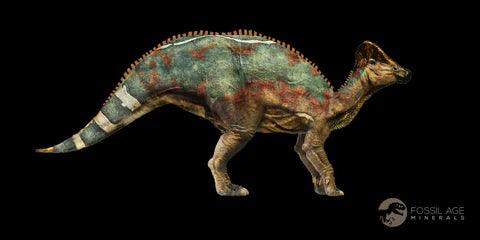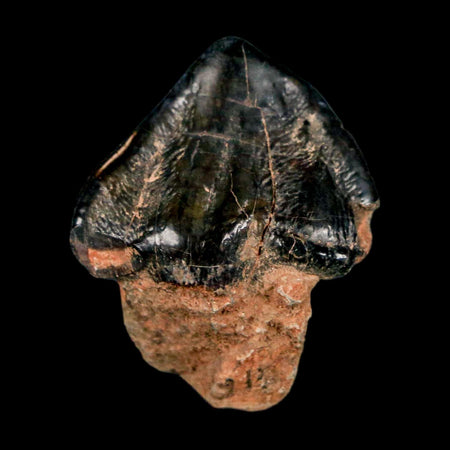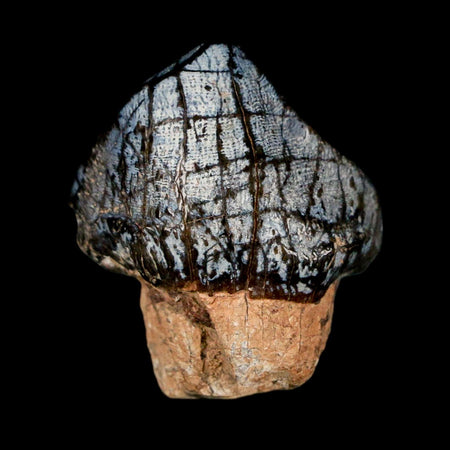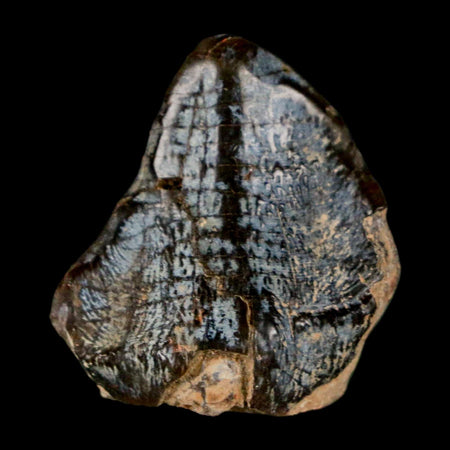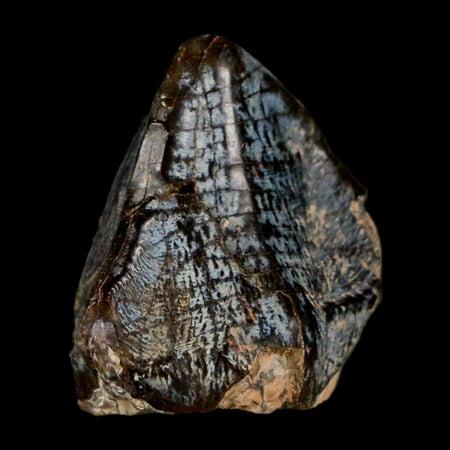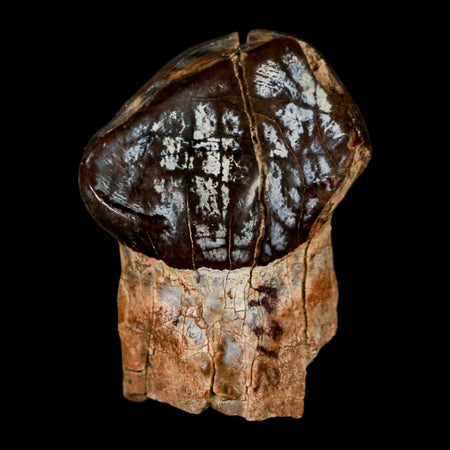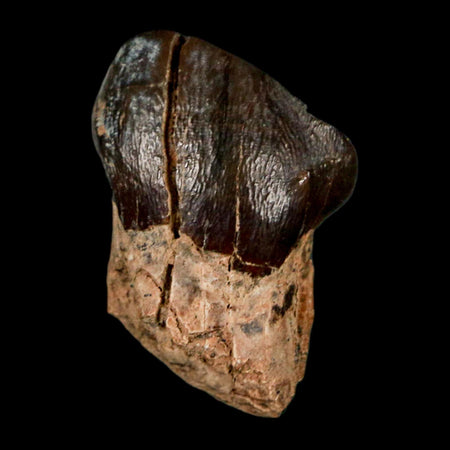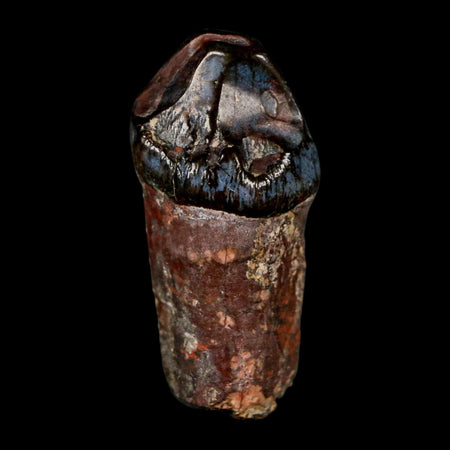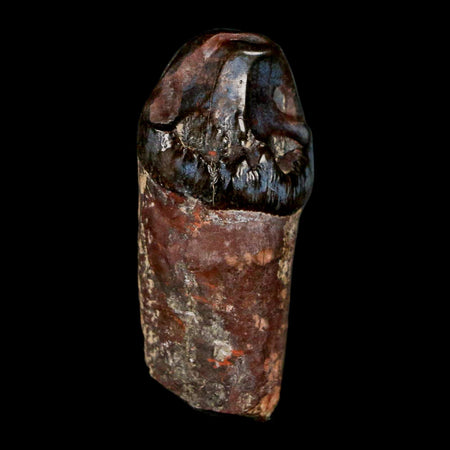5.6" Hypacrosaurus Dinosaur Fossil Toe Bone Two Medicine FM MT COA, Stand
Location: Two Medicine Formation, Montana (Private Land Origin)
Total Weight: 10.8 Ounces
Weight: 7.7 Ounces (With Metal Stand)
Fossil Dimensions: 5.6 Inches Long, 1.8 Inches Wide, 0.7 Inches Thick
Dimensions: 6 Inches Long, 2.1 Inches Wide, 2 Inches Thick (With Metal Stand)
Comes with a Custom Made Metal Stand.
Comes with a Certificate of Authenticity.
The item pictured is the one you will receive.
Hypacrosaurus Dinosaur
Hypacrosaurus means ‘near the highest lizard’, and in this context, the ‘lizard’ was actually the dinosaur Tyrannosaurus, one of the largest dinosaurs in the ecosystems of late Cretaceous North America. It was only about a third larger than Hypacrosaurus in the largest individuals—twelve meters for large Tyrannosaurus compared to nine meters for Hypacrosaurus. Interestingly, Hypacrosaurus and similar dinosaurs may have actually been prey for Tyrannosaurus and related genera such as Albertosaurus. Evidence for this comes from a large bite wound on the back of an Edmontosaurus that closely matches the shape of a Tyrannosaurus mouth. Because the bones in the wound healed afterward, it proves that the Edmontosaurus was alive when it happened, not just a carcass scavenged by a tyrannosaur. When you compare this to the roughly twenty eggs in each Hypacrosaurus nest, it suggests that Hypacrosaurus bred at a rate to offset high mortality levels. Assuming environmental conditions were not a major factor, this could mean that Hypacrosaurus was a common prey species of the time, with tyrannosaurs and possibly other predators like troodontids, such as Troodon, preying on the younger or smaller individuals, reducing their numbers before reaching adulthood. The crest of Hypacrosaurus resembles that of its relative Corythosaurus but is wider and not as tall. This crest was hollow, confirming its classification as a lambeosaurine hadrosaurid, a group typified by Lambeosaurus. Several hypotheses about the function of lambeosaurine head crests exist, with the most supported suggesting they served a visual display purpose—helping different species of hadrosaur distinguish each other, probably similar to how variations in horns and neck frills differentiate genera of ceratopsian dinosaurs.









